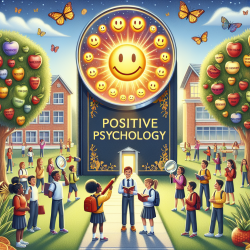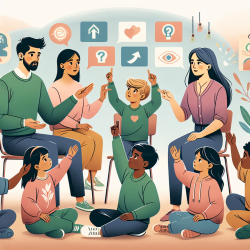The Power of Oxytocin in Child Development: A Game-Changer for Practitioners
In the realm of child development, practitioners are constantly seeking innovative approaches to enhance outcomes for children. One promising avenue is the exploration of oxytocin, a neurohormone traditionally associated with reproduction and lactation, but now recognized for its profound impact on social cognition and emotional well-being.
Understanding Oxytocin's Role
Oxytocin has been dubbed the "social influencer" hormone due to its ability to modulate social behaviors, influence parenting practices, and buffer against stressors like isolation. This hormone is not limited to female biology; it plays a crucial role across genders and species, influencing behaviors and physiological processes.
Implications for Practitioners
For speech-language pathologists and other child development professionals, understanding the potential of oxytocin can be transformative. Here are some ways practitioners can leverage this hormone in their practice:
- Enhancing Social Cognition: Oxytocin has been shown to improve social cognition, making it a valuable tool for children with social communication challenges.
- Reducing Anxiety: As an anxiolytic agent, oxytocin can help children manage stress and anxiety, leading to better engagement in therapeutic activities.
- Facilitating Bonding: The hormone's role in fostering social bonds can be harnessed to strengthen therapeutic relationships and improve outcomes.
Encouraging Further Research
While the current research is promising, there is still much to learn about oxytocin's full potential. Practitioners are encouraged to stay informed about the latest studies and consider participating in research initiatives to further explore this hormone's applications in child development.
Conclusion
Oxytocin offers exciting possibilities for enhancing child development and therapy practices. By understanding and utilizing this hormone, practitioners can create more effective interventions and improve outcomes for the children they serve.
To read the original research paper, please follow this link: Oxytocin and its links through scientific lineage.










